Introduction
In the realm of ornamental trees, the Mimosa tree (Albizia julibrissin) stands out for its delicate foliage and vibrant blooms. In this comprehensive guide, we’ll delve into the nuances of cultivating and nurturing your Mimosa tree, providing expert insights to ensure optimal growth and blooming.
Selecting the Ideal Location
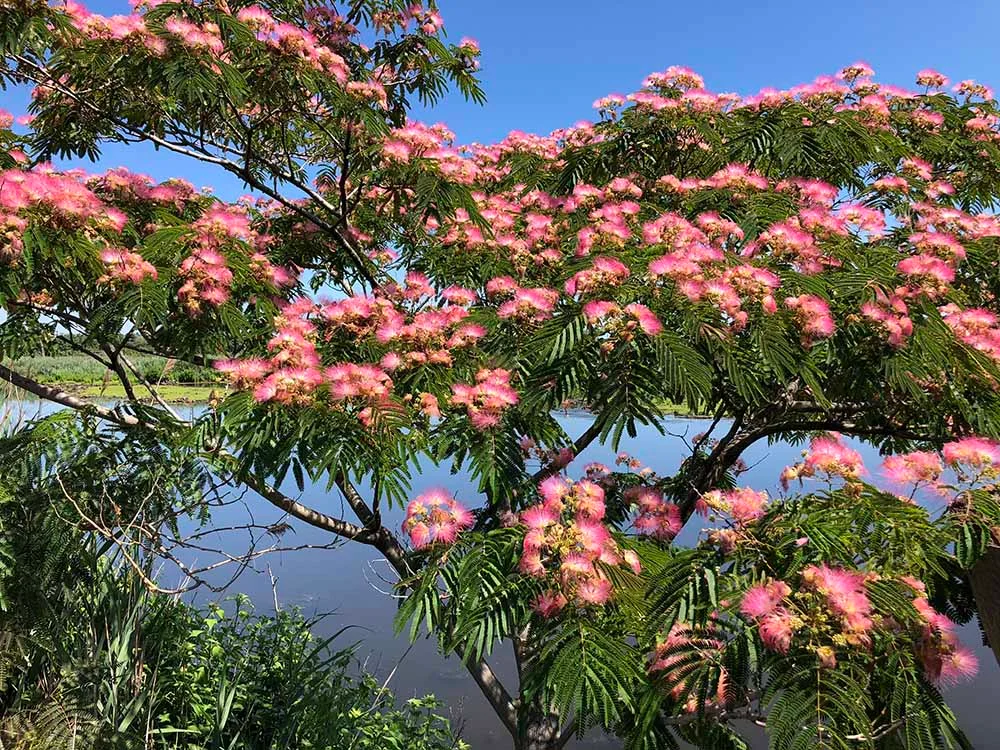
Choosing the right location for your Mimosa tree is crucial for its overall well-being. Opt for a spot with well-drained soil and ample sunlight. Mimosa trees thrive in full sun but can tolerate partial shade. Ensure the planting site has good air circulation to prevent potential issues like fungal diseases.
Soil Preparation and Planting
Soil Composition
Mimosa trees prefer slightly acidic to neutral soil with a pH range between 6.0 and 7.0. Prepare the soil by incorporating organic matter like compost to improve drainage and fertility.
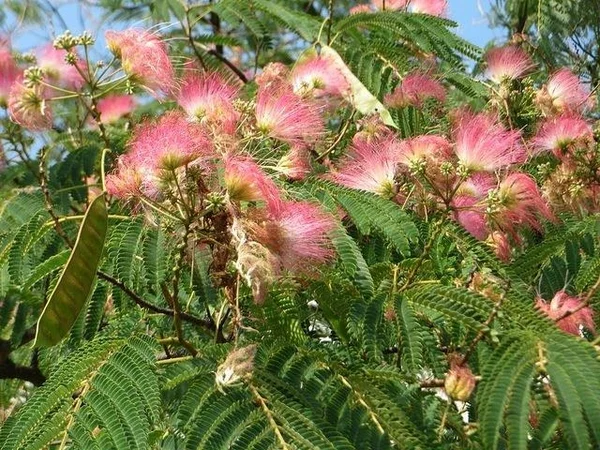
Planting Procedure
- Digging the Hole: Dig a hole twice as wide as the root ball and just as deep.
- Placing the Tree: Gently place the Mimosa tree in the center of the hole, ensuring it stands upright.
- Backfilling: Fill the hole with soil, packing it firmly around the roots.
- Watering: Water thoroughly after planting to settle the soil and hydrate the roots.
Watering and Moisture Management
Watering Frequency
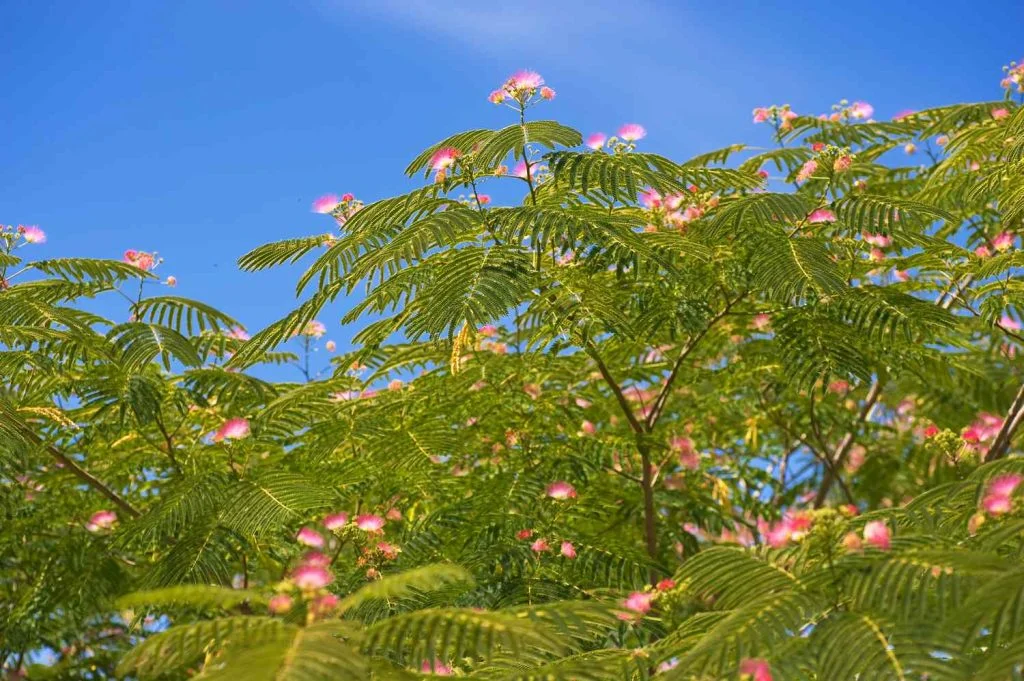
Mimosa trees prefer consistently moist soil but are susceptible to root rot in waterlogged conditions. Water deeply once a week during dry spells, adjusting based on weather conditions.
Mulching
Apply a layer of organic mulch around the base of the tree to retain soil moisture, suppress weeds, and regulate temperature.
Pruning Techniques for Optimal Growth
Structural Pruning
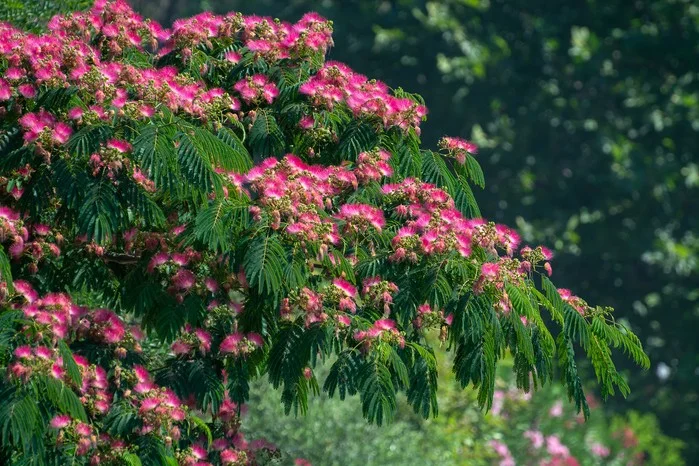
- Early Pruning: Begin structural pruning in the early years to shape the tree and encourage a strong framework.
- Deadwood Removal: Regularly remove dead or damaged branches to enhance the tree’s overall health.
Flower Pruning
Mimosa trees bloom on new growth, so pruning in late winter or early spring promotes abundant flowers. Trim back spent blooms to encourage continuous flowering throughout the season.
Pest and Disease Management
Common Pests
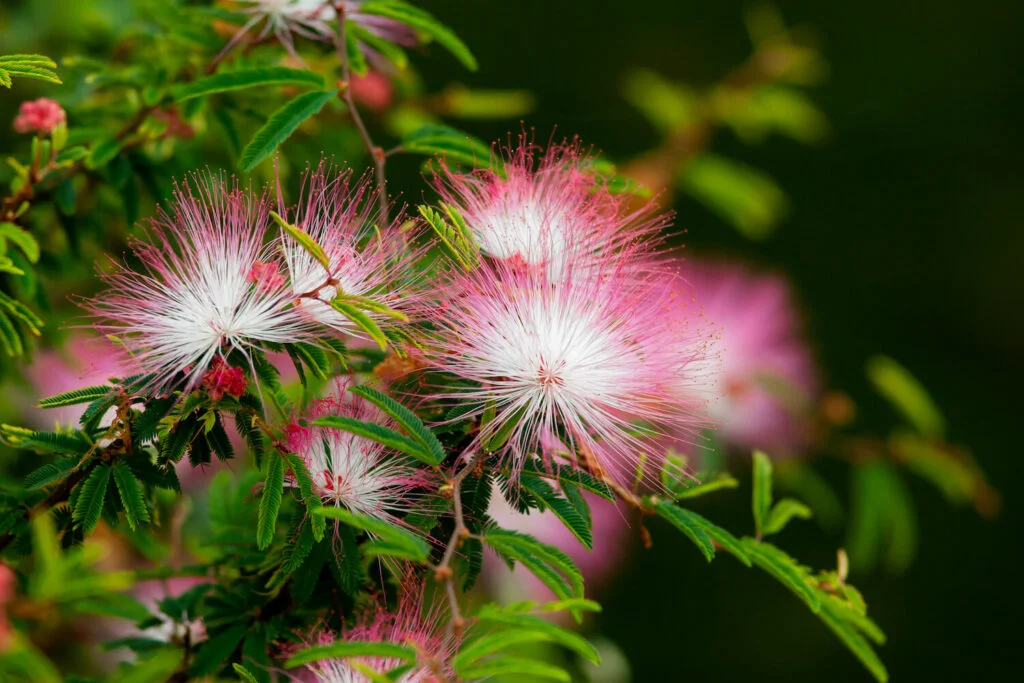
- Webworms: Handpick or use organic insecticides to control webworms.
- Aphids: Introduce beneficial insects like ladybugs or use insecticidal soap to deter aphids.
Fungal Diseases
- Powdery Mildew: Improve air circulation and apply fungicides as a preventive measure.
- Root Rot: Ensure well-drained soil to prevent waterlogged conditions leading to root rot.
Diagram: Mimosa Tree Growth Cycle
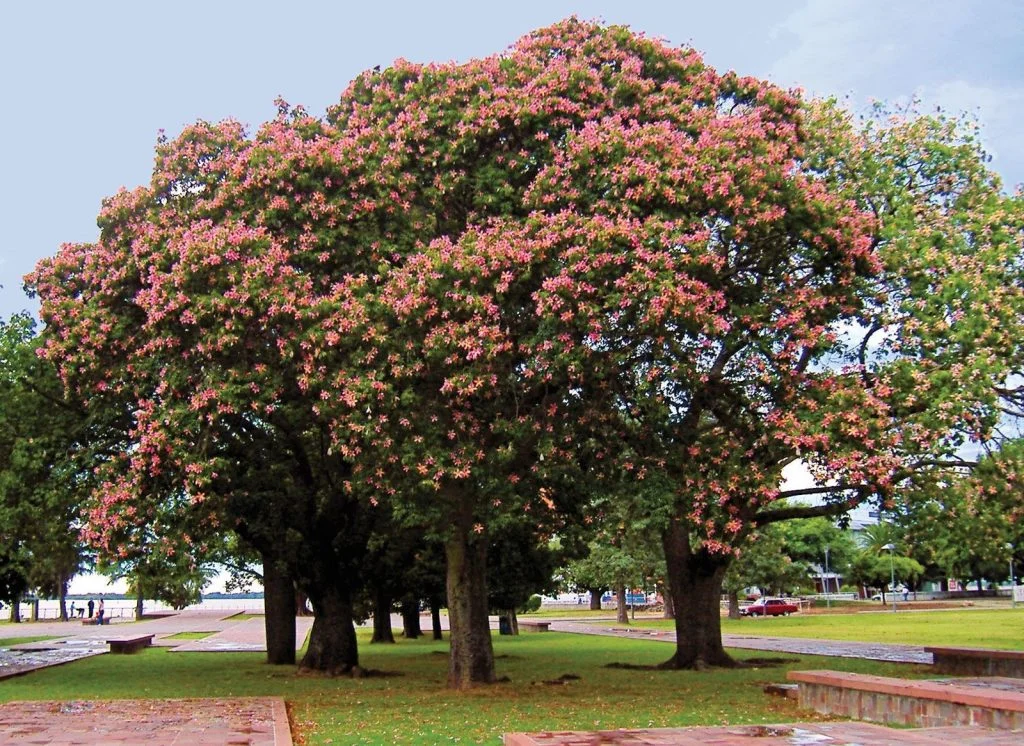
Conclusion
Mastering the art of cultivating and nurturing your Mimosa tree involves a combination of strategic planting, attentive care, and timely maintenance. By following these guidelines, you ensure your Mimosa tree not only thrives but becomes a vibrant centerpiece in your landscape, outshining the competition.
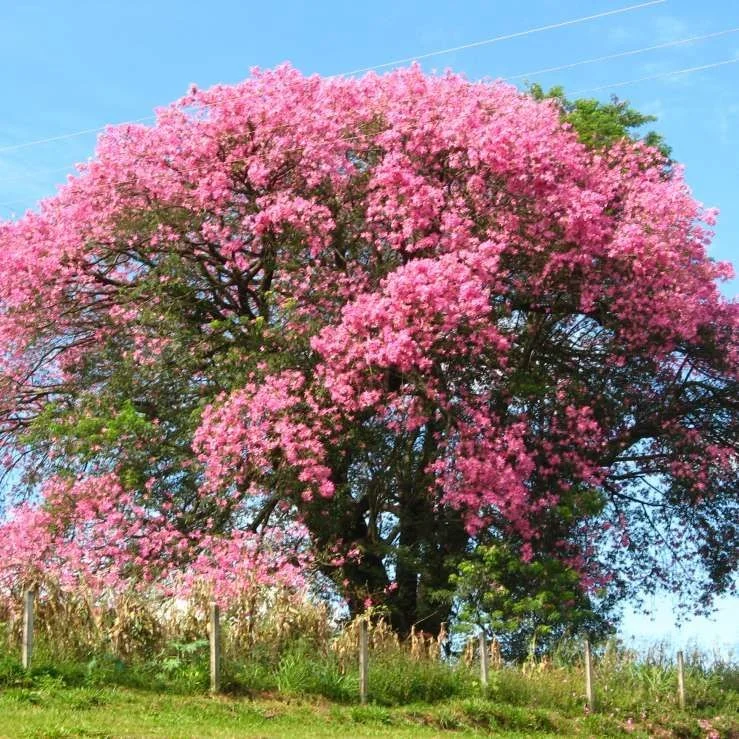
1 thought on “Cultivating and Nurturing Your Mimosa Tree: A Definitive Guide”